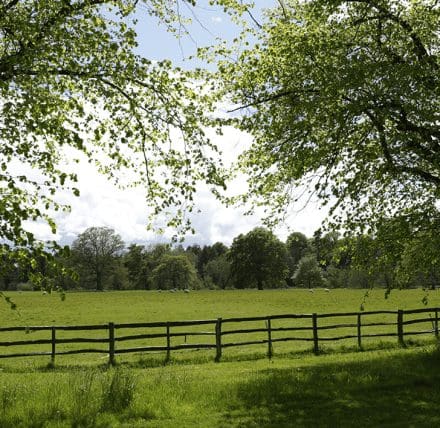


Court decision finds the key to unlock access rights to land in Scotland
INSIGHTS
A landmark decision has been reached for the outdoor access community, the terms of which are very much the key to unlocking access rights in Scotland.
The Sheriff Appeal Court has emphatically overturned a Sheriff’s decision to allow an appeal against an enforcement notice issued by a local authority designed to uphold access rights under the Land Reform (Scotland) Act 2003.
The decision provides clarification of the two previously most authoritative judgments on Access Rights in a useful and meaningful way.
Background to the case
The circumstances in Renyana Stahl Anstalt v Loch Lomond and the Trossachs National Park Authority are fairly atypical of any statutory access rights dispute: owner of a large estate locks three gates and affixes to one a sign warning of wild boar. Following a somewhat protracted period of discussions regarding access, the access authority issued an enforcement notice requiring the removal of the sign and the unlocking of the gates.
At first instance, the Sheriff found favour with the landowner’s arguments. He accepted that, notwithstanding the admission that the sign had been removed and reaffixed after the coming into force of the 2003 Act, the sign had been in place since before the coming into force of the 2003 Act and could not be a barrier to access. Further, he accepted that because the gates and the process of locking and unlocking them had been in place prior to the 2003 Act coming into force, the gates could not be a barrier to access in breach of section 14.
In any event, the Sheriff determined that the landowner’s purpose or main purpose was “to maintain the enclosure within which there was a working farm with machinery, and animals which require protection and animals which at times posed a danger to humans”, and not “preventing or deterring any person entitled to exercise [access] rights from doing so”. As such, he determined that there was no breach of section 14.
The Appeal
The appeal focused on two issues:
- whether the fact the a version of the sign and the process of locking gates in the location of the current gates prior to the coming into force of the 2003 Act meant that access rights did not apply to the land beyond the gates (“the Timing Issue”); and
- if access rights did apply to that land, whether the Sheriff was correct in his approach to the evidence on the purpose or main purpose of the landowner (“the Purpose Issue”).
In both respects, the Sheriff Appeal Court rejected the Sheriff’s approach.
The Timing Issue
In Aviemore Highland Resort Limited v Cairngorms National Park Authority, 2009 SLT (Sh Ct) 97, a fence had been erected prior to the 2003 Act coming into force. The Enforcement Notice served on the Resort specified that the barrier to access was the “erection” of the fence. As the act of erecting the fence had pre-dated the 2003 Act, it was held that the act of erecting it could not have been a breach of it.
Applying Aviemore, the Sheriff at first instance determined that this meant that where any barrier pre-dated the 2003 Act, a barrier existing in that location after the Act came into force could not be a breach of section 14.
The Sheriff Appeal Court has held that reasoning to be flawed. It distinguished Aviemore on its facts. Looking purely at the conduct complained of in this case (being the affixing of a sign, locking of gates, and failure to unlock those gates), those acts all took place after the Act came into effect. As such, they were breaches of the Act.
The Purpose Issue
Having also found that the Sheriff had wrongly excluded relevant evidence, the Sheriff Appeal Court elected to revisit the evidence and determine the purpose or main purpose of the landowner.
The test is subjective, and requires the court to place itself in the mind of the landowner (c.f. Tuley v Highland Council, 2009 SC 456). However, the Sheriff Appeal Court has expanded on the decision in Tuley in the following ways:
- the test is subjective, but it must be assessed objectively with reference to available evidence;
- the court is required to determine what the landowner’s actual purpose was;
- the court must have regard to the Scottish Outdoor Access Code when considering the purpose or main purpose of the landowner, and whether the landowner is acting responsibly;
- the purpose or main purpose must be “some identifiable legitimate purpose specific to the land in question rather than a broad purpose which could apply to virtually any estate in Scotland”.
Having reached those conclusions and assessed the evidence, the Sheriff Appeal Court considered that the purpose or main purpose of the landowner was to prevent access rights from being exercised, and accordingly reinstated the notice issued by the local authority.
You can read the full decision on the court website here.
Get in touch
If you would like to find out more about any of the issues raised in this article, please get in touch
About the author
RELATED
CONTACT US
Call us for free on 0330 912 0294 or complete our online form below for legal advice or to arrange a call back.